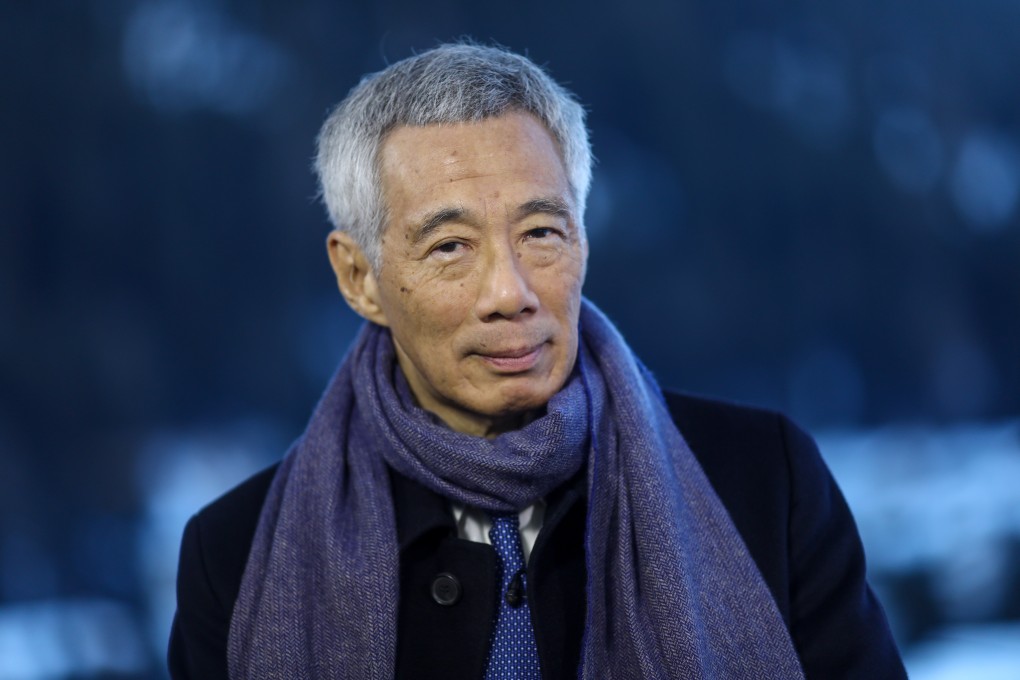Advertisement
Singapore PM says coronavirus spread could worsen but ‘there is no need to panic’
- Lee Hsien Loong sought to reassure Singaporeans who have gone on frenzied shopping sprees to stock up on essentials since the country raised its outbreak alert level
- The government is well-prepared to tackle the crisis and will reconsider its strategy if the number of new cases keeps growing, he said
Reading Time:4 minutes
Why you can trust SCMP

Singapore’s leader on Saturday said he expected to see more new cases of deadly coronavirus infections with no known contact to previous patients but authorities were well-prepared to tackle the crisis and would reconsider their mitigation strategy if the numbers kept growing.
In a recorded message broadcast on television and YouTube, Prime Minister Lee Hsien Loong sought to reassure anxious Singaporeans who had flooded supermarkets to stock up on essential items after authorities raised the country’s outbreak alert level to orange on Friday.
The alert is the same as what was used for the Severe Acute Respiratory Syndrome (Sars) outbreak in 2003. It means that while the nature of the disease is severe and can spread easily from person to person, it is being contained and has not spread widely.
Advertisement
Lee in his nine minute-long message, described the outbreak – which has infected close to 35,000 people worldwide and caused more than 700 deaths – as a test of Singapore’s “social cohesion and psychological resilience”.
While fear and anxiety were natural reactions, it could cause more harm than the disease if it led to panic or if people circulated rumours, hoarded essential supplies or blamed particular groups for the virus, he said.
Advertisement
“There is no need to panic. We are not locking down the city or confining everybody to stay at home. We have ample supplies, so there is no need to stock up with instant noodles, tinned food, or toilet paper, as some people did yesterday,” he said.
Advertisement
Select Voice
Choose your listening speed
Get through articles 2x faster
1.25x
250 WPM
Slow
Average
Fast
1.25x